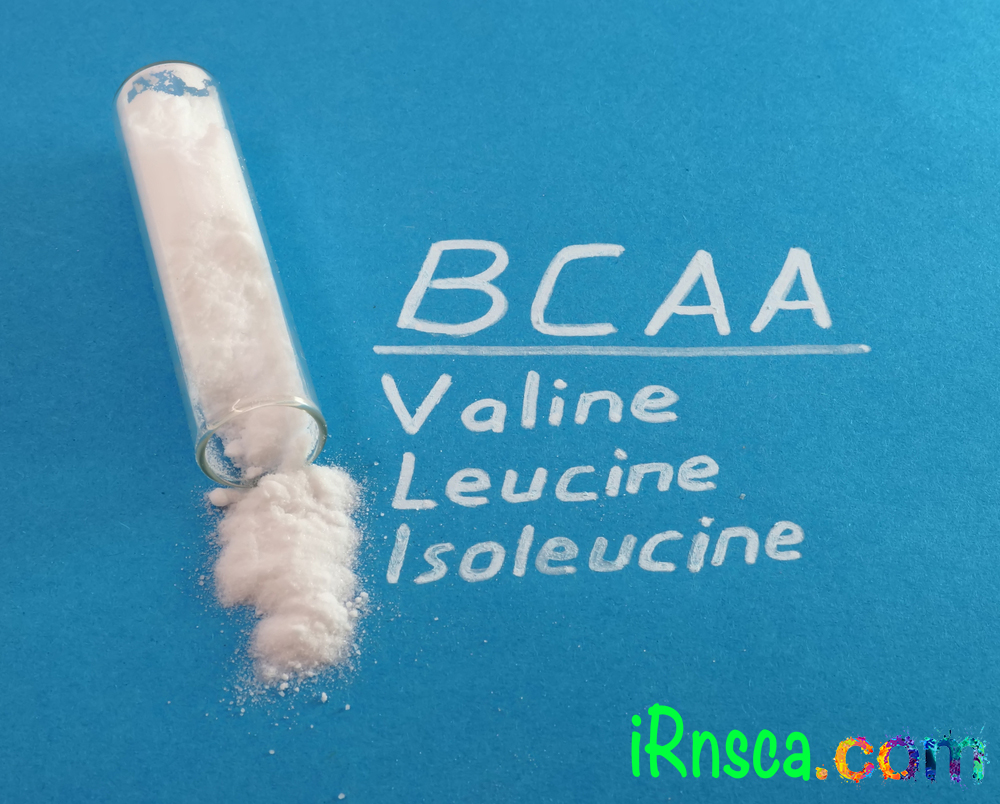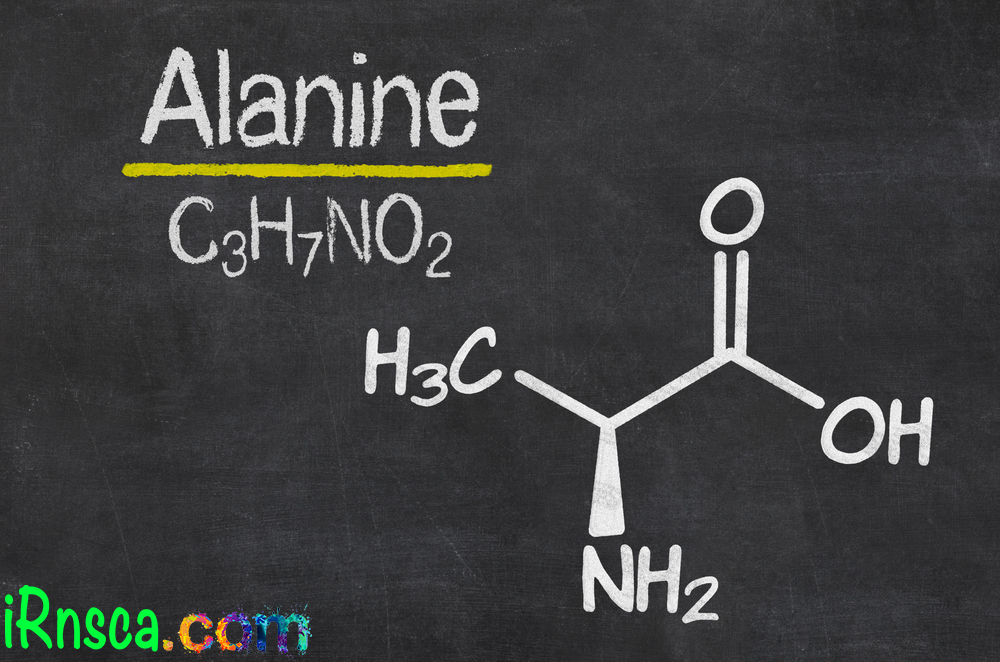
Branched-Chain Amino Acids

Goals: Increased strength, focus, energy, muscle building, decreased catabolism
BCAAs are the essential amino acids leucine, isoleucine and valine. They are called “essential” because the body cannot manufacture them, thus they must be acquired in the foods and supplements we ingest.
BCAAs make up a large proportion of the total amino-acid content in skeletal muscle, and during exercise, they are readily broken down (catabolized) to produce energy. Taking BCAAs before, during and after training ensures that the blood has an abundance of essential aminos necessary to fuel your workout and support recovery. Taking BCAAs preworkout and intraworkout conserves your muscle BCAA stores, increases fatigue resistance, protects the body from catabolism and decreases recovery time.
The BCAA leucine boosts the release of the anabolic hormone insulin. You want insulin levels to be rapidly elevated after your workouts because this hormone carries nutrients such as glucose and amino acids into muscle cells — promoting greater protein synthesis and muscular gains. Remember, for the greatest results, make sure that each serving of your BCAA supplement has at least twice as much leucine as isoleucine and valine (i.e., at least 2:1:1, leucine:isoleucine:valine ratio).

What are they? BCAAs are the essential amino acids leucine, isoleucine and valine, which share a unique branched-chain structure (hence their name) and are stored in muscles. They’re considered “essential” because our bodies cannot produce them, so they must be taken in through the diet.
How do they help you refuel and recover? During heavy training, the body takes BCAAs from active muscles to be used as energy — a catabolic process. Refueling with BCAAs immediately after exercise boosts blood levels and shuts down catabolism. In addition, taking BCAAs provides the body with surplus leucine, which turns on anabolism and supports heightened protein synthesis. The anti-catabolic and anabolic support offered by BCAAs helps speed recovery and boost muscle growth.

Creatine
Goals: Energy (ATP), strength, power, anabolism
The research supporting creatine as a strength and muscle builder is undisputable. Creatine taken preworkout is rapidly taken up and stored in skeletal muscle where it provides much-needed high-energy creatine phosphate to supply muscles with the substrates to quickly make ATP (energy for contraction). Having elevated creatine stores available in working muscle promotes dramatic increases in strength and power during explosive and extended performances, with less time needed for rest.
When taken after exercise, creatine monohydrate can replenish and boost muscle creatine stores. Having extra creatine around after training not only provides energy substrates for future exercise bouts but also promotes greater protein synthesis (into recovery) by physical and hormonal mechanisms. First, it increases the amount of water taken up by muscle cells — which swells the muscle and signals for increased repair. (It also makes your muscles look bigger.) Second, it increases the production of insulin-like growth factor-1 and decreases myostatin levels (the “anabolic brakes”) during recovery from heavy training.

Beta-Alanine
Goals: Increased exercise intensity and volume, power, strength gains
In skeletal muscle, beta-alanine reacts with histidine to produce carnosine. Beta-alanine is the rate-limiting substrate in the formation of carnosine; thus, when it is supplemented adequately, it elevates
muscle carnosine levels. Research shows that just four weeks of beta-alanine supplementation can increase muscle carnosine levels by more than 60 percent. Elevated muscle carnosine increases exercise performance through its ability to reduce skeletal muscle acidity during prolonged high-intensity exercise. Since fatigue during heavy exercise is exacerbated by the accumulation of acidic metabolic byproducts, it makes sense why increased intramuscular carnosine levels would be beneficial to bodybuilders and strength athletes alike. Research has shown that stacking beta-alanine with creatine can significantly improve exercise endurance performance.
Formulation: Preworkout 2 to 3 grams; postworkout 2 to 3 grams

Citrulline
Goals: Vasodilation (increased blood flow to exercising muscle), muscle pump, energy
This amino acid also helps prevent muscle fatigue because it assists in production of energy by increasing the rate of phosphocreatine and ATP production. Citrulline converts to arginine (the precursor to nitric oxide) in the body and optimizes blood and nutrient delivery to working muscles.
Once L-citrulline is in circulation, it is converted to L-arginine by the kidneys, leading to increases in blood levels of L-arginine and nitric oxide. Recent research indicates that citrulline supplements increase blood levels of arginine and nitric oxide more effectively than arginine ingestion. Increased production of nitric oxide promotes vascular dilation, which helps support blood delivery and metabolic waste removal throughout the body. It’s this nitric-oxide-potentiating effect that gives L-citrulline supplements their pump-promoting properties. Beyond creating incredible pumps, a single preworkout dose of citrulline was recently shown to combat exercise-induced fatigue, increase time to exhaustion and substantially decrease muscle soreness.
Although this may sound like a logical approach, ingesting L-arginine does not boost blood arginine levels as well as pure L-citrulline. This is because the gut and liver contain enzymes called arginases, which serve to break down and eliminate exogenous arginine. So, because of these arginases, L-citrulline is more efficacious in elevating blood arginine and NO than arginine itself. In fact, a study presented in 2006 illustrated that acute ingestion of L-citrulline elevated plasma arginine levels by approximately 227 percent (within four hours of ingestion) compared to only 90 percent with the equivalent dose of arginine.
Formulation: Preworkout 2 to 3 grams; intraworkout 2 to 3 grams

Caffeine
Goals: Energy, focus, intensity, increased exertion
Although caffeine stimulates the central nervous system, its effects on energy levels go far beyond its energetic buzz. Many studies show that preworkout caffeine supplementation dampens perceived exertion and muscle pain during exercise and into recovery. As such, many find that preworkout caffeine promotes higher workout intensity and volume, resulting in greater gains in a shorter time.
Formulation: Preworkout 200 to 300 milligrams; intraworkout 100 to 200 milligrams (optional)

Your workout window should be split into three supplemental periods: preworkout, intraworkout and postworkout. Here are the critical time periods.
Preworkout: 30-60 minutes before training
In the hour before training, you should be priming your internal environment for work. This means optimizing your mind and body with the right macronutrients and supplements necessary to maximize performance.
In a shaker, mix 10 to 20 grams of your favorite whey protein isolate or blended protein supplement in 12 to 16 ounces of water. Leave some room in the shaker cup because you will be adding the rest of your preworkout ingredients to this shake. Whey protein contains high levels of essential amino acids, which serve to keep blood amino acids high at the onset of exercise.
Intraworkout: 10-20 minutes into training
During your workout, you want to assure that your body and mind are full of key substrates needed to fuel your workout. In fact, there are key amino acids (like glutamine and branched-chain amino acids), micronutrients and electrolytes that can be depleted because of increased metabolism and sweating associated with exercise. Proper fueling during this period will ensure that you sustain your workout intensity from start to finish.
In a shaker, fill with 12 to 16 ounces of your favorite electrolyte sports drink (can be sweetened with sugar or sugar-free — depending on goals). You will mix your intraworkout supplements in this drink and sip it while you are on the gym floor. This cocktail is designed to replenish lost electrolytes and substrates needed to push you through your workout. There are quite a few powders on the market that you mix with water, or simply use a ready-to-drink electrolyte beverage like Gatorade or Gatorade G2.
Postworkout: Immediately after training
Immediately after you train, your body’s internal environment is optimized for nutrient absorption. As such, immediately postworkout is the perfect window to provide macronutrients and supplements that replenish what was lost, for greater gains in recovery, muscular development and performance.






































